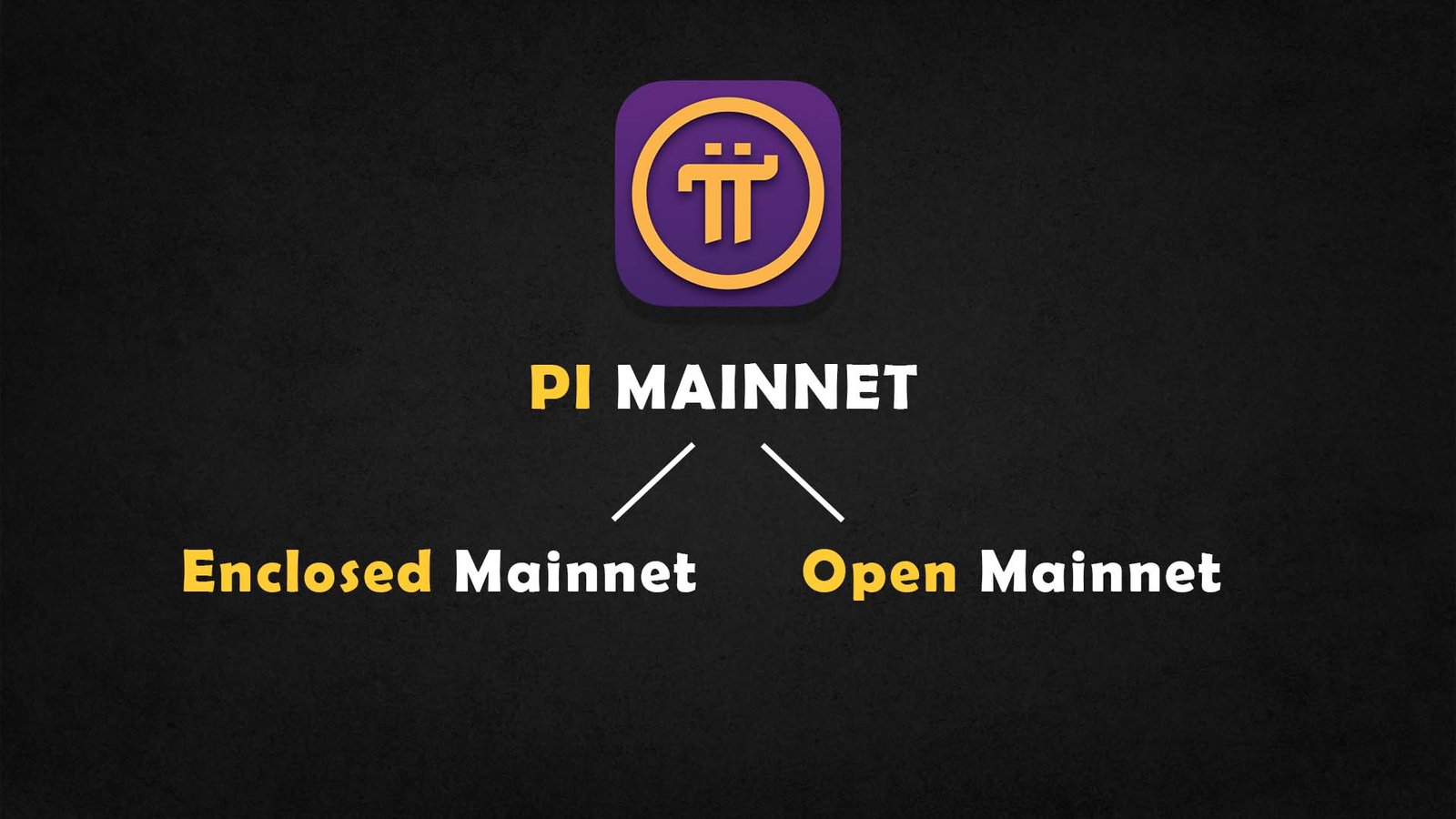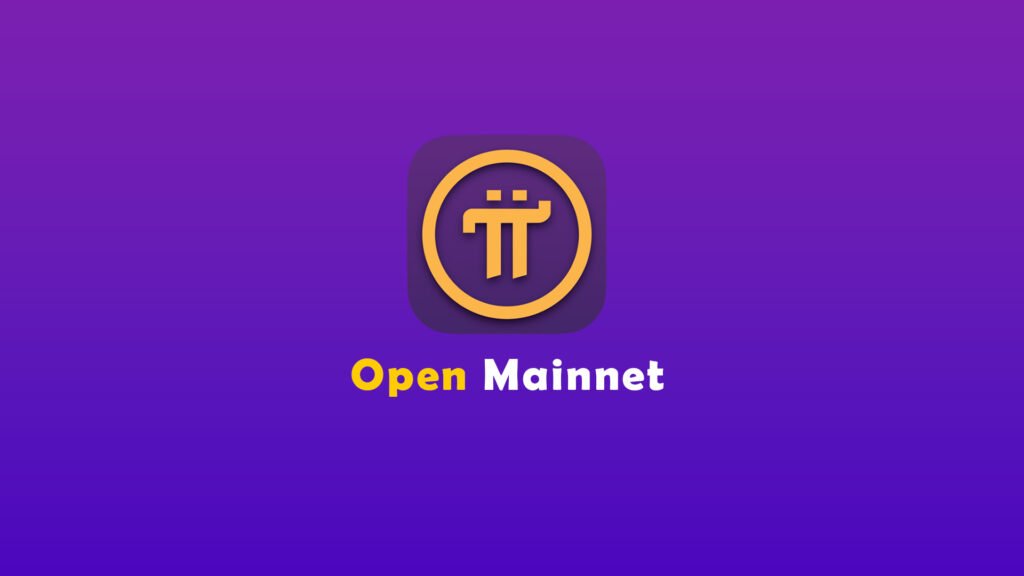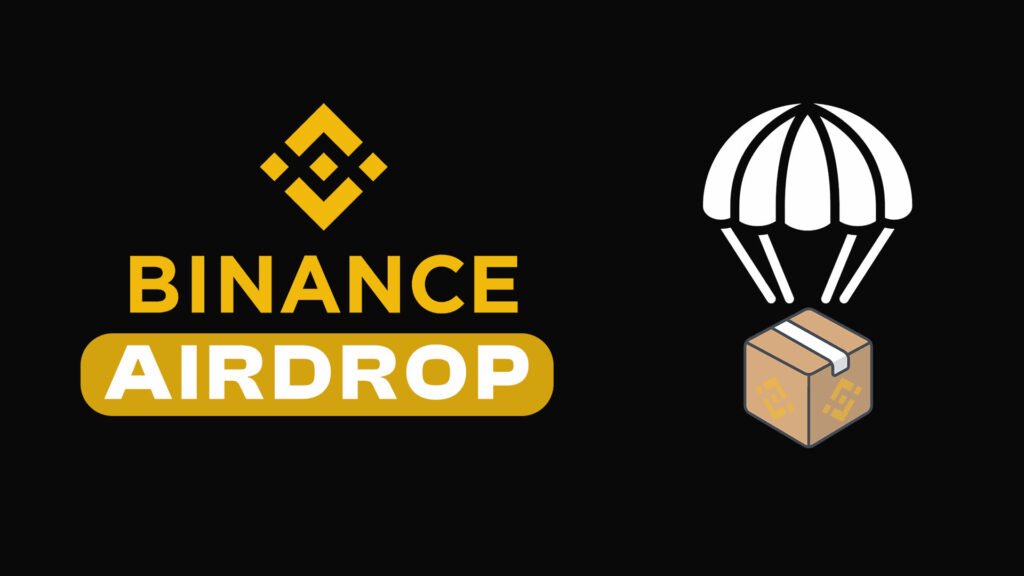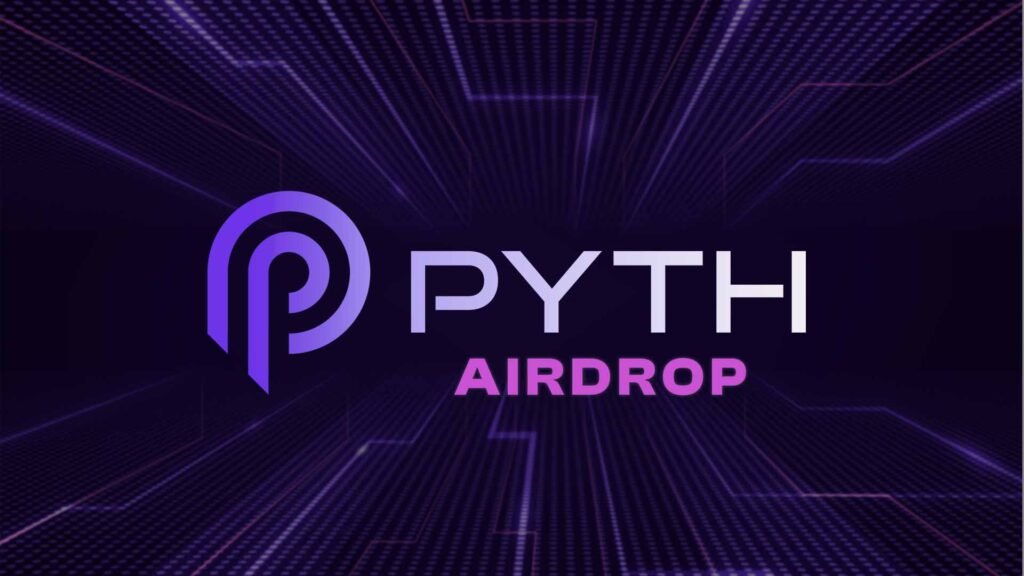Pi Network Mainnet: Can’s and Cant’s in Open and Enclosed Mainnet

The Pi Network Mainnet, especially the Open Mainnet, has become a point of discussion within the pioneering community, generating great anticipation for its launch in the cryptocurrency space.
This Open Mainnet transition will mark a significant milestone, transforming Pi Network from a testing phase into a fully operational network. It will enable users to actively engage in participation, transactions, and interactions involving native assets, smart contracts, and a range of functionalities.
The cryptocurrency project is currently in the Enclosed Mainnet phase, which permits a limited number of operations but will allow for many more on the open Mainnet.
This article provides an introductory overview of the Pi Network Mainnet while delving into the activities one can and can’t do in both the Mainnet phases.
You may also want to read: Weird: 6 Most Trending Rumors About Pi Network
What is Pi Network Mainnet?
The Mainnet, derived from the abbreviation “main network”, denotes the primary operational state of the Pi Network, surrounding its fully functional and active ecosystem.
It serves as the central hub where participants can seamlessly join, contribute, and take the benefits of Pi Network’s comprehensive suite of functionalities.

Within this network, users are granted the opportunity to actively engage, conduct transactions, and interact with various elements such as the blockchain’s intrinsic assets, smart contracts, and an array of other features and capabilities.
The Pi network Mainnet is divided into two major periods Enclosed & Open Mainnet which are as follows:
Pi Network Enclosed Mainnet

Enclosed Mainnet is a period that is designed to enable Pi Network to concentrate on constructing a strong ecosystem infrastructure and utilities that thrive within a contained environment, free from external disturbances or uncertainties.
During the Enclosed Network phase, the Mainnet is active while being shielded by a firewall to block any undesirable external connections. Within this controlled setting, exclusive individuals or entities are granted the authority to act as network validators, generate new blocks, and engage in consensus protocols.
ALSO READ | Interesting: Pi Network’s Latest Releases Elevate Pi Coin to New Heights
Here are a few actions you can and can’t perform within the enclosed network:
“Can’s” in the Enclosed Mainnet
1) Complete KYC (Know Your Customer) verification.
- During the Enclosed Network period, mass pioneers have the opportunity to fulfill the KYC verification process.
2) Migration of Pi coin to Mainnet and transition of Pi Apps from Testnet.
- Pioneers can migrate their Pi coins to the Mainnet, along with the transition of Pi Apps deployed on the Testnet to the Mainnet.
3) Development and deployment of additional Pi Apps and utilities.
- The Enclosed Mainnet allows for the creation and deployment of more Pi Apps, expanding the range of utilities available for users to utilize. As a result, developers have the opportunity to showcase their creativity and build useful utilities to make the ecosystem stronger and expect a return in the future.
Here are the activities you can’t perform within the enclosed Mainnet period:
“Cant’s” in the Enclosed Mainnet
1) No connectivity with other blockchains or crypto exchanges.
- In the Enclosed Mainnet phase, there will be no direct connectivity established between the Pi’s blockchain and external blockchains or crypto exchanges.
2) Inability to trade Pi coins for fiat or other cryptocurrencies.
- Since the Pi Network’s blockchain is firewalled in the enclosed phase, it cannot be exchanged or traded for other cryptocurrencies or fiat currencies during this period.
3) Absence of cross-chain connectivity within the Pi network.
- Cross-chain connectivity, enabling interaction and communication between different blockchain networks, is not available within the Enclosed Mainnet of Pi network.
Pi Network Open Mainnet

In the Open Mainnet phase, the firewall that is currently restricting external connectivity in the Enclosed Network will be removed, enabling seamless interaction with external entities.
This breakthrough grants users within the ecosystem the ability to establish cross-chain connectivity, facilitating communication and interoperability with diverse blockchain networks.
You may also want to learn about Pi Network Price Prediction.
During the Open Mainnet, participants are granted with option to generate and validate new blocks, carry out transactions, and partake in a wide array of activities supported by the network’s robust protocols and functionalities.
In addition to the Enclosed Mainnet activities, you can perform the following as well in the upcoming Open Mainnet phase:
“Can’s” in the Open Mainnet
1) Invest/trade Pi coins on crypto exchanges for financial benefits.
- With the launch of the Open Mainnet, Pi coins will be listed by the majority of exchanges that possess cross-chain connectivity, enabling users to buy, sell, and exchange Pi coins with other cryptocurrencies or fiat currencies.
2) Freedom for network participants to create, validate, and transact.
- Participants within the Open Mainnet have the liberty to actively engage in the creation and validation of new blocks, execute transactions, and partake in a diverse range of activities facilitated by the network’s protocols and functionalities.
You may also like
- opBNB Airdrop (2023): How to Claim Binance’s Potentially Biggest Airdrop?
- How to Increase Pi Mining Rate? (5 Working Strategies)
- 6 Challenges Pi Network Must Overcome for Open Mainnet Success
Conclusion
In conclusion, Pi Network currently operates on an Enclosed Mainnet, but the project is actively working towards transitioning to an Open Mainnet. Once the crypto project’s Open Mainnet goes live, Pioneers will be able to convert their mined token into fiat currencies, and it will open the door for investment for those who appreciate the Pi project.

To facilitate ecosystem app development, they are fostering collaboration with community developers, organizing Hackathons, forming business partnerships, and pursuing independent efforts by their Core Team.
For now, Pioneers are encouraged to engage in trading goods and services using Mainnet wallets (within the closed network) and participate in various initiatives aimed at creating Pi applications to contribute to and shape the Pi Network ecosystem.
Disclaimer: This article reflects the author’s opinion.




